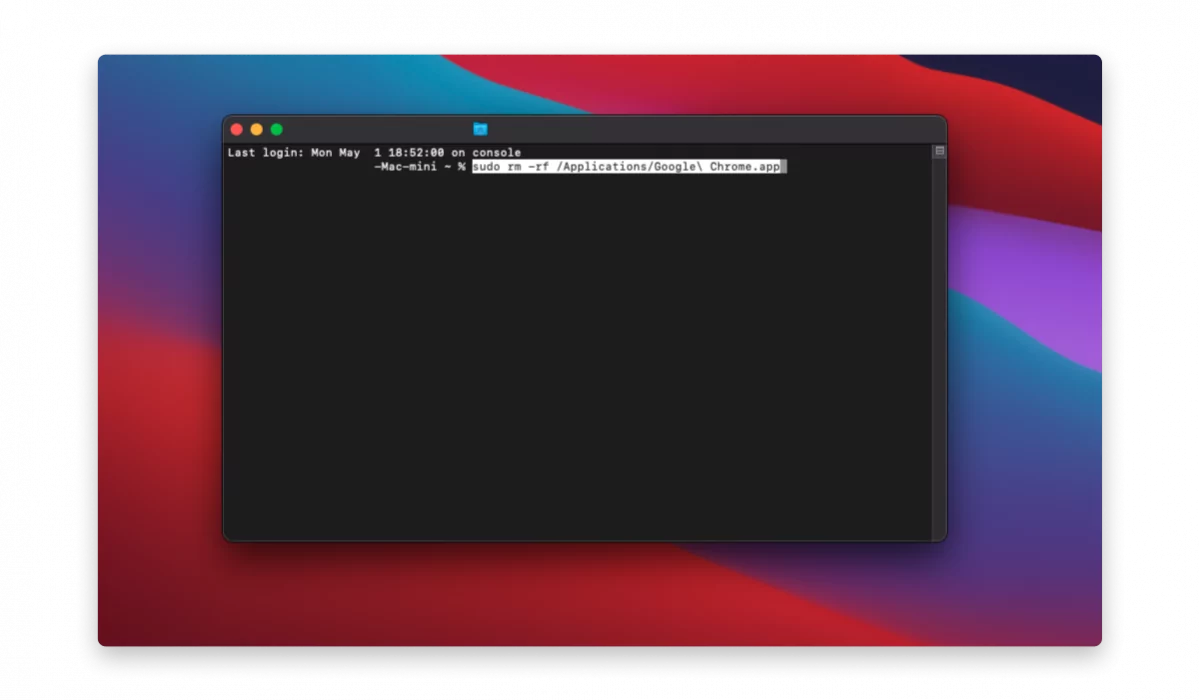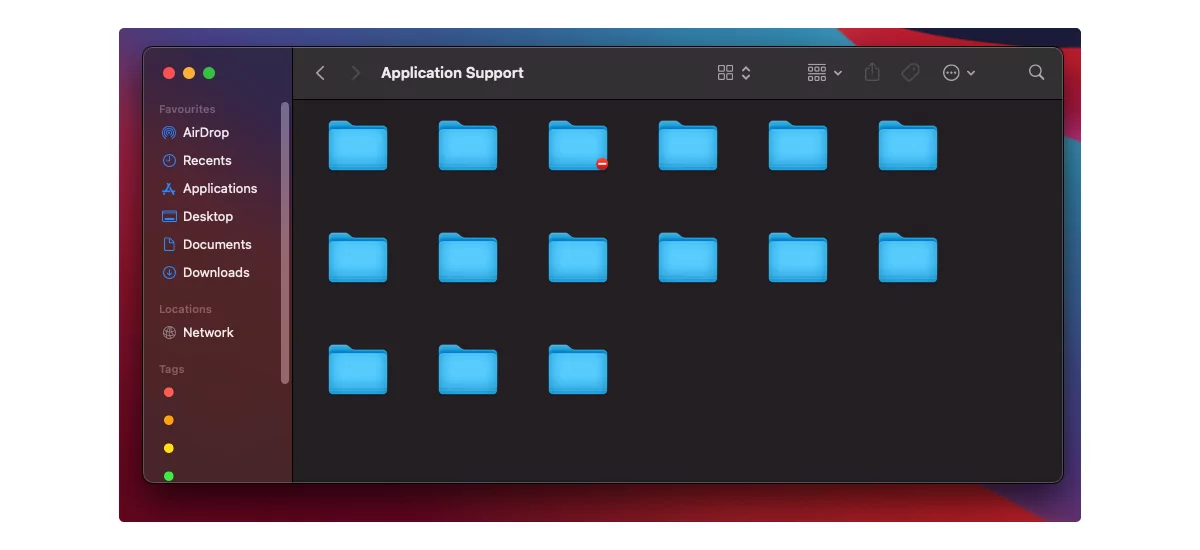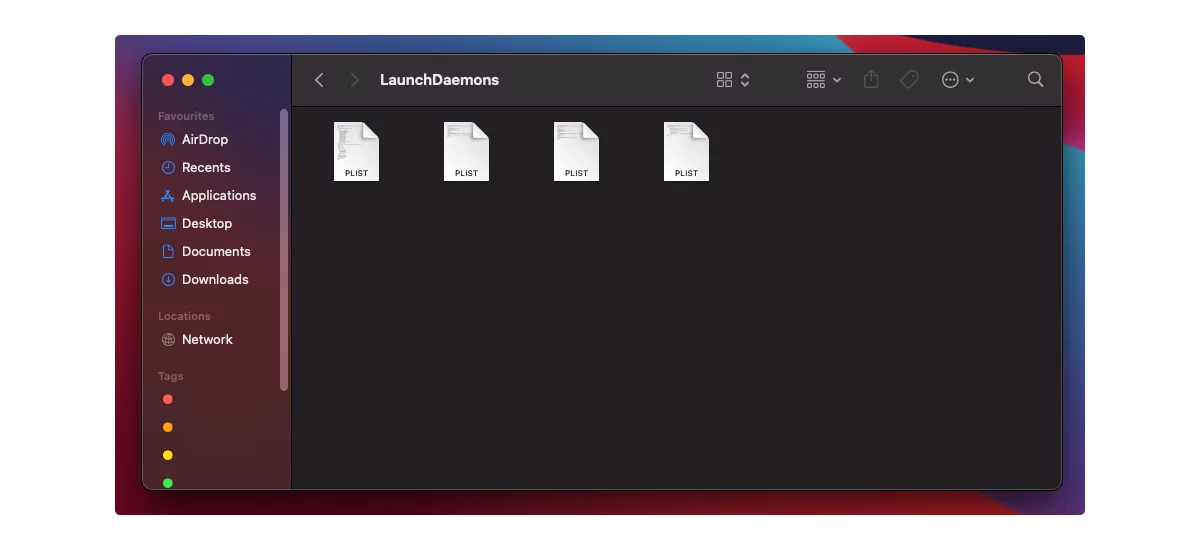How to Get Rid of Adware on Your Mac
Unfamiliar issues with Mac can be a chilling experience. Inspecting forums for solutions for similar problems is overwhelming, and professional tech support though effective, is costly. Since you’re here, I assume you have an adware problem, and the good news is that you can get rid of adware on a Mac without shelling out money for a technician.
With a little bit of know-how and guidance, you can handle the problem yourself. In this article, we will explore various ways to remove adware from your Mac and save you some money in the process. Say goodbye to frustrating pop-up ads and enjoy a smoother browsing experience without breaking the bank.
Searching for a way to clean up your favorite GC browser? We’ve got you. Here’s how to remove adware from Chrome.
Contents
Types of Adware on Mac
Adware is not a virus in a traditional way. Often considered instead as a Potentially Unwanted Program, or PUP, it is aimed to trick you into consuming ads while still being a technically legit application. And if you say there are already loads of ads, adware on your Mac increases their number dramatically. That’s why it’s crucial to find adware on Mac before it causes real damage.
A common misconception about Mac being safe from malicious programs breaks apart when it comes to adware. Gazillions of adware apps and tools designed specifically for Apple products exist. What is shared about all types of adware is that it always promises you one thing and does the other. Meaning that an offer for a perfect deal, a free product, or a “critical” software update would end up with your frustration out of:
- Banners
- Toolbars
- Pop-ups
- Plugins
How to Identify Adware?
Most users can easily say that their Mac isn’t working as it should when infected with adware. Depending on Mac’s specifications and the depth of adware intrusion, you might experience the following:
- System slowdown
Is your Mac working slowly, or does it freeze while performing an ordinary task? The adware creates additional pressure on the RAM by running its processes, so the machine has fewer capabilities for multitasking.
- More ads
Ads caused by adware appear where you’ve never seen them before, including your start page, different corners of your browser window, or in the toolbar.
- New, unrecognized homepage
By setting up a particular page as your default homepage, adware increases the probability of you clicking the malicious links or generating large numbers of views – which is what advertisers pay them for.
- Constant redirection
Do links look fine but lead to the wrong page? Typical adware move. That drives users nuts and is hard to deal with because every adware-generated click deepens the severity of the infection, which makes your Mac run specific scripts that install more adware, creating a vicious circle.
- Toolbars and plugins
New functionality is always great when you’ve set it on purpose. But this is always something to check if the tools appear out of nowhere. Adware toolbars include the function for search and navigation, serving as a huge traffic redirector. At the same time, they don’t help you anyhow because this search’s accuracy is far from good.
How to Prevent Adware Using AdLock
AdLock helps you block online ads caused by adware and legitimate ones. Not clicking any links is the best way to prevent the infection of your Mac, so the task gets so much easier when the links are not there. AdLock can recognize banners, video ads, and any other type of online commercials, providing real-time protection from any known online threat. That is a perfect way to prevent any nasty adware from occupying your device’s memory. In addition to blocking online ads, you can customize the ad blocker to whitelist or blacklist specific websites, adjust the filtering sensitivity, and protect your personal information with the anti-tracking feature. With AdLock, you can enjoy a faster, cleaner, and safer online experience on your Mac. Plus, the yearly cost of $12 or a monthly fee of $3.49 will save you much more in the long run.
How to Get Rid of Adware on Mac from Your Browser
The adware removal for Mac becomes more manageable if the issue only affects your web browser and isn’t rooted in the Mac system yet. In this case, we want to double-check all the settings of your browser, especially the ones that you feel have changed since the last time you set them up:
- Open the Safari menu in the top bar and click Preferences;

- In the General tab look at what is set as your homepage. Empty by default, it may be filled with the name of the adware-set website. In this case, change it to the URL of your choice;

- Now go into the Search tab and check which search engine is being used. If that has to do with adware or you don’t recognize it, replace it with the search engine you trust;

- Move to the Security tab and check the box next to Block pop-up windows;
- Finally, go to the Extensions tab and see the list of installed add-ons. By default, there are no extensions in Safari so when you detect one not installed by yourself (GlobalTechSearch, TopResults, WebDiscover, to name a few), remove it.
In case things still look bad and the steps above didn’t help, we recommend deleting your Safari preferences file manually. Open Finder > Go > Go to folder and copy-paste this address:
~/Library/Preferences/com.apple.Safari.plist![]()
If the file was found, delete it and restart your Safari. That should do the job just fine, while your bookmarks and passwords remain with you.
How to Remove Adware From Mac in Google Chrome?
If you’re experiencing adware issues in Google Chrome on your Mac, you can take a few simple steps to remove it. First, close all tabs in Chrome and then reset the browser settings to default. You can also remove any suspicious extensions or plugins and clear your browsing data. I’d also recommend running a reputable anti-malware like Malwarebytes or anti-virus software like Bitdefender to scan your Mac for any adware or malware. If the problem stays, remove adware from Mac by uninstalling and re-installing Chrome using Terminal:
- Click the Launchpad icon in a Dock panel and put Terminal in a search bar.
- Open the Terminal application.
- Type “sudo rm -rf /Applications/Google\ Chrome.app” and press Enter.
- Type your administrator password and press Enter.
- Restart your Mac.

Remove Adware from Your System
The process of removing adware from a Mac computer can be pretty tedious. Therefore, we want to give you a choice of two alternatives: doing everything manually using built-in utilities and installing automated malware removal software.
Remove malicious profiles from your Mac
Multiple profiles are used by IT professionals and organizations to perform the tasks collaboratively. Adware, malware, and virus developers benefit from this too, by creating the alternative “users” and not letting the original owner change their settings. Let’s check if this is the case for your Mac as well:
- Click the Apple logo and open your System Preferences;

- In the System Preferences menu look for the Profiles icon. If you don’t see it, no multiple profiles were created on your machine so move to the next instruction;
- In case there is a Profiles icon, double-click it and the new window will open;
- The list of profiles is on the left side. Select one not created by yourself and click “–” at the bottom to delete it.
Remove malicious files from Mac
- Open Finder > Go > Go to folder;

- Copy & paste the following entries into the new window and confirm by clicking Go:
- /Library/LaunchAgents
- ~/Library/LaunchAgents

- /Library/Application Support

- /Library/LaunchDaemons

Now look for the suspicious names or the files you didn’t intend to download. Move such files to Trash, and don’t forget to empty Trash at the end of the process.
Use malware removal software
The manual steps we described are included in the functionality of most professional anti-malware tools. Many different companies are offering their services online, however, bear in mind that most of them require a paid subscription. It is up to you to decide whether to pay or not but let us give you one recommendation: Malwarebytes. Highly regarded for its simplistic interface and throughout scanning capabilities, this program offers both a free and a paid version. The latter features real-time protection from most online threats but even the free version allows you to scan, detect, and remove adware whenever you feel it’s needed.
Disable Adware Manually
If you already have adware on Mac, there is a way to remove it manually using a handy interface developed by Apple:
- Click Go in your Mac’s upper panel and open Utilities;
- Navigate to the Activity Monitor tool;

- Find the suspicious items in the list, looking for typical adware-keywords (e.g. Search);
- Select each of them and click Quit Process;
- Confirm the action by clicking Force Quit;
- Click Go again and open up Applications;

- See if there is anything you don’t remember installing yourself in the list;
- Right-click each suspicious entry and choose the Move to Trash option, confirm with your password if required;
- Find the Trash icon on the dock. Double-click it and select Empty Trash;
- Click the Apple logo in your upper panel and go to System Preferences;
- Navigate to Accounts > Login Items. Now look for any other unwanted item in the list of startup processes and click the “–” icon to remove them.
Remember, that the best way to deal with adware is to never let it settle on your Mac. Stay cautious about what and where you download, avoid clicking banners and installing apps in a bundle, as well as get yourself a proficient ad-blocking tool, like AdLock. Running system scans with anti-malware programs and having healthy online habits go a long way to your Mac performing a hundred percent!
Adware Distribution Methods on Mac
There are some typical adware distribution methods on Mac:
- Bundled software: Adware can come bundled with legitimate software you download online.
- Fake updates: Adware can be disguised as fake updates for legitimate software or even your operating system.
- Malicious websites: Visiting malicious websites or clicking on malicious links can result in the need to delete adware on Mac.
- Email attachments: Adware can be hidden in email attachments or links you receive in spam emails.
- Peer-to-peer sharing: Downloading files through peer-to-peer sharing networks can expose you to adware and other types of malware.
Conclusion
Adware is a potential threat to your Mac as it fills your system with unwanted ads and can potentially compromise your security. Fortunately, using an ad blocker like AdLock can prevent such attacks. AdLock not only blocks annoying ads, but it also offers protection from malicious software and online threats. By taking proactive measures to prevent adware, you can ensure the smooth running and security of your Mac.
FAQ
What is adware on Mac?
Adware is not a virus, but it is often considered as unwanted software because it can cause unwanted ads and pop-ups to appear on your computer. It can be installed on your device without your knowledge, slowing down your device and collecting data about your online activities and browsing habits.
How to remove adware from Mac for free?
The basic steps to remove adware from Mac for free include:
- Manually identifying and removing malicious files.
- Clearing browser caches and extensions.
- Scanning with reputable anti-malware and antivirus programs.
This article provides detailed information on each step, so check it out.
How to remove adware from Mac in Firefox?
- Check for any suspicious extensions or plugins and disable or remove them.
- Clear your browsing history and cache to ensure all adware data is extracted. You can also reset Firefox to its default settings. If nothing works, delete Firefox using the Terminal application as we did with Chrome earlier in the article, and reinstall it.
- Use a trusted adware remover for Mac to scan your computer.